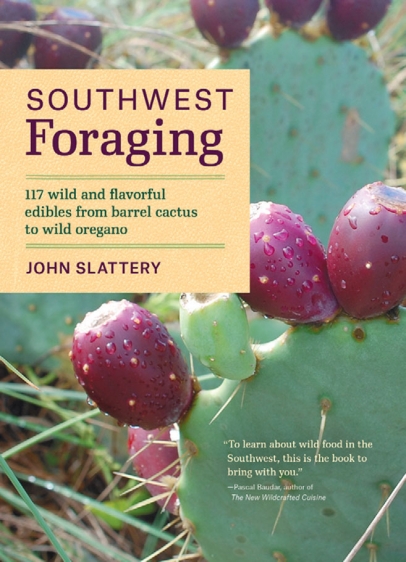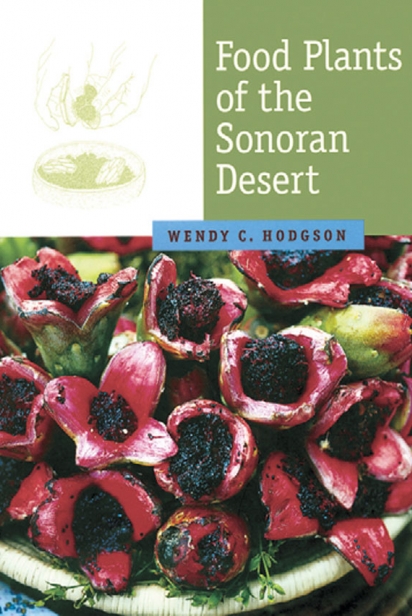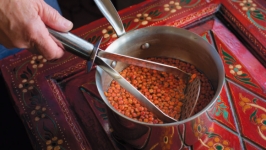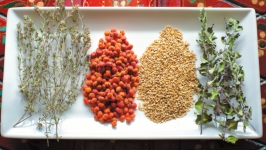A-Foraging We Go
Food plants of the desert are experiencing a new wave of popularity as evidenced by two recently published guidebooks.
The first is Southwest Foraging: 117 Wild and Flavorful Edibles from Barrel Cactus to Wild Oregano by John Slattery (Timber Press, 2016). The second is a paperback reprint of Food Plants of the Sonoran Desert by Wendy C. Hodgson (University of Arizona Press, 2016), a scholarly reference first published in 2001.
Both authors have Arizona roots. Slatter y is based in Tucson, where he founded Desert Tortoise Botanicals and offers workshops through Sonoran Herbalist. Hodgson has been with Desert Botanical Garden in Phoenix for over 40 years. She has wide-ranging interests with a specialty in agaves, yucca and cactus.
Slattery’s Southwest Foraging is the more accessible volume for beginning botanists. Entries are organized alphabetically by common name with full-color photos and “how-to” information for safely identifying and responsibly harvesting edible desert plants. Slattery also provides a seasonal harvesting guide adjusted by climate/growing area. Join him on September 30 at Tangled Root Botanicals in Glendale for a book signing.
Food Plants of the Sonoran Desert is an excellent primer for budding Sonoran ethnobotanists. Illustrated with Hodgson’s pen and ink drawings and black and white photos, the book’s plant catalogue is organized around botanical categories and families based on the plants’ scientific names (although Hodgson does provide some synonyms). She eschews plant descriptions altogether, and instead focuses on in-depth scientific historical and literary references detailing the use of the plants as food sources for thousands of years.
So once you’ve gathered your edible native foods, what do you do with them?
If you’re interested in learning to cook with your locally foraged foods, Mark Lewis of “Chmachyakyakya: Thirty 8000-Year-Old Plants,” a farmers’ market education series focused on foods indigenous to the Southwest, is a font of knowledge. You can find him on Saturdays at Old Town Farmers’ Market beginning October 15 and on Thursdays at the Capitol Farmers’ Market beginning in January.
Also look for special appearances and edible desert dinners this fall. Hear Lewis talk about the importance of foraged foods on All About Food’s July 27 podcast at itsallaboutfood.podbean.com/.
Hip Veggie’s Monika Woolsey is another good source of creative ideas for foraged foods. She founded the Modern Metate food brand to market wild food foraged from our urban environment that would otherwise go to waste. Her first product was mesquite flour, and if her sold-out initial tasting event at the Market by Jennifer is any indication, she’s on to something big. Facebook.com/modernmetate









